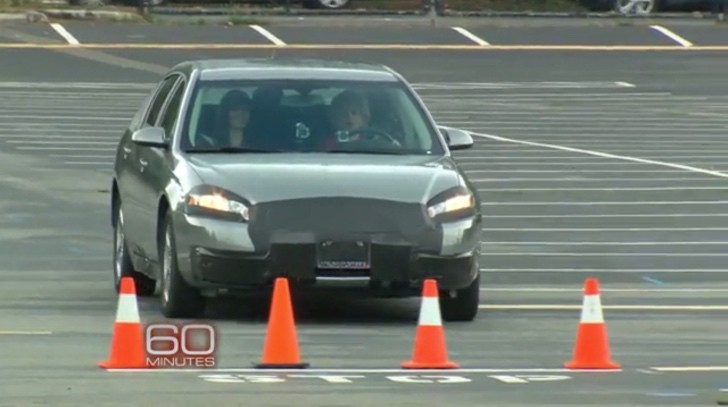The Internet finally reached the automotive world, enhancing infotainment systems with online music streaming, Google searches and a lot other features. While most clients are happy with this, people should know that once a car gets enhanced with this feature, it’s also vulnerable to hacker attacks. The Defense Advanced Research Projects Agency (DARPA) just did that with a Chevrolet Impala.
Exact details about how the procedure went were not given, but according to a CBS report, DARPA engineers managed to connect with the Impala’s OnStar system via the Internet, transmitted a strange data pack that confused the system and managed to insert a malicious code in there.
Using it, a hacker could then reprogram certain ECU functions and play with the car as if it was an RC toy. Using a laptop, he had access to the windshield wipers, horn, throttle and even brakes, showing how insecure the Internet of Things can be.
The term refers to all the objects we connect to the internet without making sure they can be properly protected by attackers. Things like home cinema systems, air conditioning units, fridges and even traffic lights to be commanded from at a distance.
Yeah, it’s harder to do, but it’s doable in case someone needs to “be thought a lesson” or a terrorist group needing to deliver something explosive without using one of their men.
Solution? Well, the same guys that broke in have also came up with a cheap device that also gets to be connected to the OBD port. Its main job is to continuously read the data traffic and learn the patterns. In case something or someone is messing with it, the system triggers the alarm and shuts down the systems that can be hacked, putting the car in “limp mode” to provide safety to the passengers.
Using it, a hacker could then reprogram certain ECU functions and play with the car as if it was an RC toy. Using a laptop, he had access to the windshield wipers, horn, throttle and even brakes, showing how insecure the Internet of Things can be.
The term refers to all the objects we connect to the internet without making sure they can be properly protected by attackers. Things like home cinema systems, air conditioning units, fridges and even traffic lights to be commanded from at a distance.
Is there any hope for a malicious free car system?
Since modern cars are basically controlled by the same technology in your home PC, there are multiple ways of hacking into one. In 2013 for example, security experts Charlie Miller and Chris Balasek managed to do that using a tiny device connected to a car diagnostic port (OBD) that also allowed them to drive the car using a laptop.Yeah, it’s harder to do, but it’s doable in case someone needs to “be thought a lesson” or a terrorist group needing to deliver something explosive without using one of their men.
Solution? Well, the same guys that broke in have also came up with a cheap device that also gets to be connected to the OBD port. Its main job is to continuously read the data traffic and learn the patterns. In case something or someone is messing with it, the system triggers the alarm and shuts down the systems that can be hacked, putting the car in “limp mode” to provide safety to the passengers.
